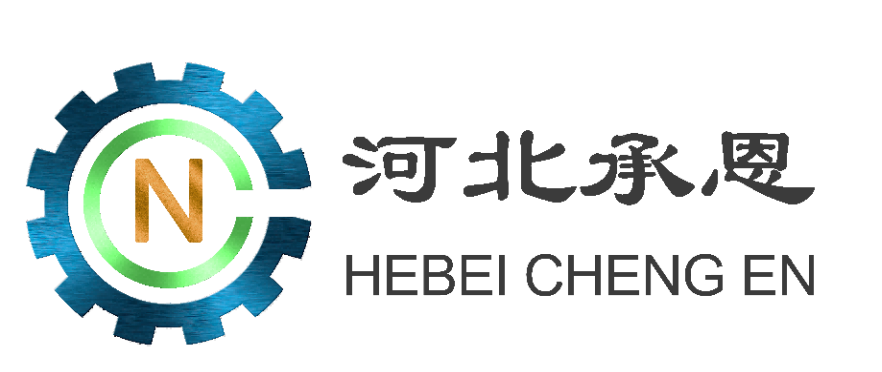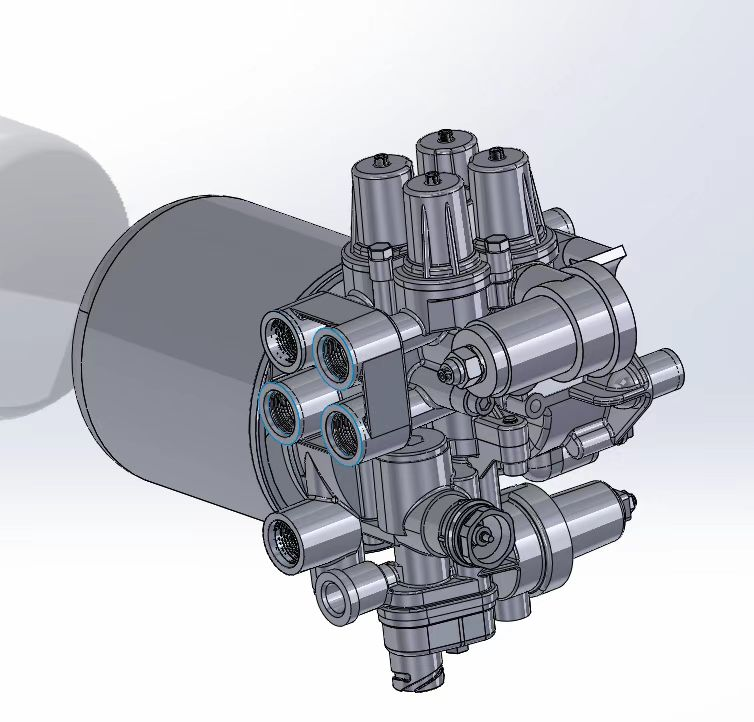Cost Savings Through OEM/ODM Partnerships
Eliminating R&D Expenses
Working with OEMs or ODMs helps cut down on those expensive R&D costs that so many businesses struggle with. These manufacturers already have their systems and tech figured out, so companies don't need to spend ages developing everything from scratch internally. The money saved here goes towards things that actually drive growth like advertising campaigns and expanding sales teams instead of getting stuck in endless product design meetings. Take the auto industry for instance where some car makers reported savings around 30 percent when they started outsourcing parts production to specialized ODMs. Beyond just saving cash though, these kinds of collaborations speed things up considerably. Products get developed much quicker this way, giving firms a real edge against competitors who are still bogged down trying to perfect every detail themselves in an industry that changes practically overnight.
Bulk Manufacturing Advantages
When companies go with bulk manufacturing via OEMs and ODMs, they typically see significant cost savings because of economies of scale. The bigger the orders get, the more room there is to negotiate better prices. This matters a lot when it comes to staying competitive in pricing, particularly in sectors like automotive parts manufacturing. Take automotive component makers as an example. They enjoy reduced COGS (cost of goods sold) and faster inventory movement simply because they produce so much at once. All these factors help them hold their ground against competitors and boost bottom line profits too. Working with OEMs and ODMs for large scale production lets businesses cut down on expenses across operations without sacrificing what customers expect in terms of product quality.
Pre-Designed Solutions in ODM Models
Working with an ODM that already has ready-made solutions cuts down significantly on how long it takes to get products out there. The automotive sector knows this well since cars come and go so quickly these days. Companies need to keep up with what customers want right now if they want to stay ahead of rivals. When firms go the ODM route, they skip over many of those tedious development steps. Some numbers show that businesses launching products with ODM help often hit the market around half as fast as those doing everything themselves. Getting products out quicker means being able to jump on trends before competitors catch wind of them. Plus, early entry gives companies a real shot at grabbing some decent market share while others are still figuring things out.
Streamlined Production Processes
Working with OEMs and ODMs typically leads to better production processes that make things run smoother overall. The real value here comes from cutting down those frustrating delays that happen when companies try to scale production or launch new products. When processes are streamlined, manufacturers save time across the board. These partners bring valuable know-how to the table too, helping spot where production gets stuck and applying tried-and-true methods from their experience. For businesses making high performance automotive brake parts specifically, faster turnaround times mean everything. Getting products out the door quickly isn't just nice to have it's practically required if companies want to stay competitive in this market where timing directly affects bottom line results.
Access to Advanced Technical Expertise
High-Performance Component Manufacturing
Working alongside Original Equipment Manufacturers (OEMs) gives our company real access to cutting edge tech and manufacturing methods, so we can make parts that meet all the industry standards without question. The automotive industry especially benefits from these kinds of relationships. Take brake pads as an example. When our team joins forces with OEM partners on this product line, everything gets tested against decades worth of knowledge and technical progress. Industry insiders have noted time and again that businesses making these strategic moves tend to see better results in how long their products last and how well they perform. Beyond just quality control, this kind of partnership opens doors to new ideas and helps create car parts that are simply ahead of what competitors offer.
Quality Control Best Practices
Working closely with OEMs and Original Design Manufacturers (ODMs) gives our company a real edge when it comes to controlling quality, leading to products that meet both expectations and regulations. Most of these partnerships include pretty strict quality checks that follow all the necessary rules and guidelines, something especially important in auto manufacturing where driver safety and vehicle performance simply cannot be compromised. When we put these good practices into action, defect problems drop off significantly, and customers tend to be happier with what they receive. Research shows interesting results too many businesses that team up with OEMs and ODMs on quality matters see around 20 to 40 percent fewer returns because of faulty items. This goes to show why building solid relationships matters so much, and reminds everyone just how vital proper quality management is for keeping a brand trustworthy and competitive in tough market conditions.
Scalability and Market Expansion Opportunities
Flexible Production Scaling
One major benefit of working with OEM and ODM partners is how easily they let businesses adjust production volumes according to what the market needs. Companies can boost manufacturing when launching something new or cut back during slower periods without wasting resources or spending extra money unnecessarily. The automotive parts sector really sees this advantage since customer demand there tends to go up and down quite a bit depending on things like economic conditions or seasonal trends. Some studies show firms that work with manufacturers who can scale production typically waste about 25% less material than those stuck with fixed capacity arrangements. This kind of flexibility means better control over costs while still being able to respond quickly to changes in what customers want.
Global Distribution Networks
Working alongside well-known OEMs and ODMs gives companies entry points into existing worldwide distribution systems, making it much easier to grow into new markets. These partnerships grant access to already built-out international sales channels, which means businesses don't have to start from scratch when expanding overseas. They skip over countless headaches that come with setting up operations in unfamiliar territory on their own. When companies tap into these established networks, they generally see improvements across their entire supply chain too fewer delays happen and shipping expenses drop significantly. According to recent market research, firms that leverage these global connections typically boost their market visibility by around 30% during the first twelve months after starting cooperation. Getting deeper into various markets helps fuel company growth and lays down strong groundwork for long term success in those areas. Plus, this method keeps things running efficiently while creating real opportunities for continued expansion across borders.
Table of Contents
-
Cost Savings Through OEM/ODM Partnerships
- Eliminating R&D Expenses
- Bulk Manufacturing Advantages
- Pre-Designed Solutions in ODM Models
- Streamlined Production Processes
- Access to Advanced Technical Expertise
- High-Performance Component Manufacturing
- Quality Control Best Practices
- Scalability and Market Expansion Opportunities
- Flexible Production Scaling
- Global Distribution Networks







